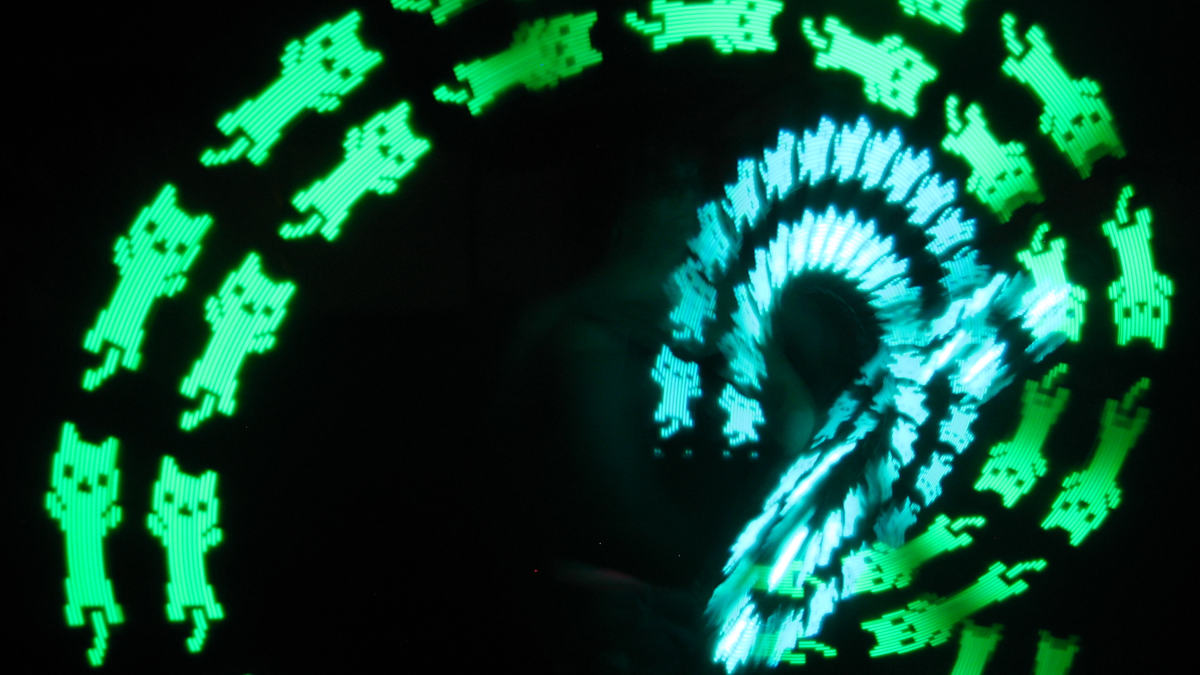Creating Patterns
Image Editors
Since the hoop is compatible with most .bmp (bitmap) files, you can use any image editor you want to create patterns. If you need a free one to get started, we recommend Pixlr.com. It works in your browser so you don’t even have to install anything. If you’d like a free fully-featured editor we recommend GIMP.
While not free, Adobe Photoshop is the gold standard for image editors and we wholeheartedly recommend using it if you have access to it, or if you are willing to pay for it.
GIMP is a feature rich program that lets you work with layers, templates, has more versatility, and is more precise. While most will be able to use Microsoft Paint easily, there is a learning curve with GIMP due to it being similar to Adobe Photoshop. For precise work Paint may be frustrating, but it is possible to achieve the desired outcome with trial and error.
Pattern-making Tips
If the width of a .bmp is greater than the number of LEDs in your hoop, the excess will be ignored. If you are trying to use high resolution images you’ll need to scale them down quite a bit.
Extend battery life by using black backgrounds with your patterns. Black pixels don’t require turning on an LED so more black in your pattern means less power consumed.
Color Depth
You’ve probably heard the term 8-bit before in reference to retro video game graphics. When we’re talking about .bmp files, the term 8-bit refers to the color depth (the maximum number of colors that can be present in the image).
By default your image editor will probably save a .bmp as 24-bit (16+ million colors). At present your hoop is compatible with 24-bit, 8-bit, and 4-bit bitmaps. 16-bit bitmaps are currently not supported. 24-bit is the most compatible, easiest to edit, and probably the best choice for most users.
